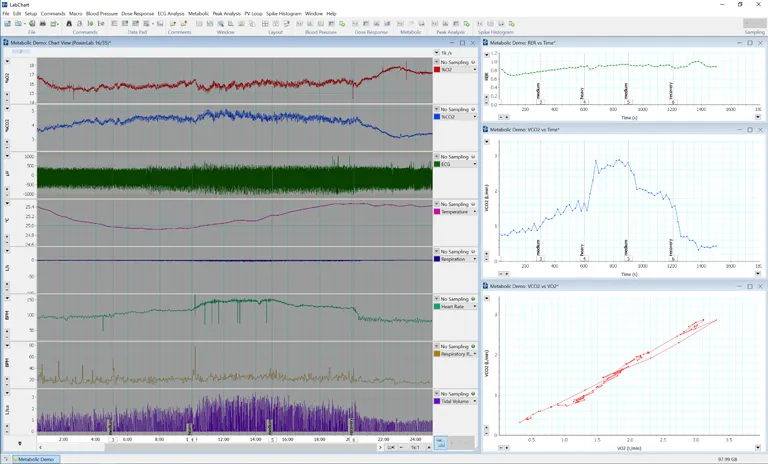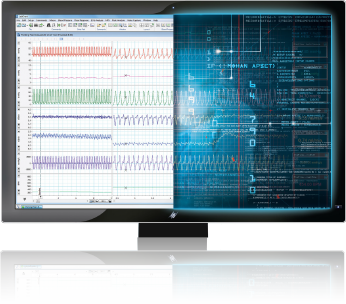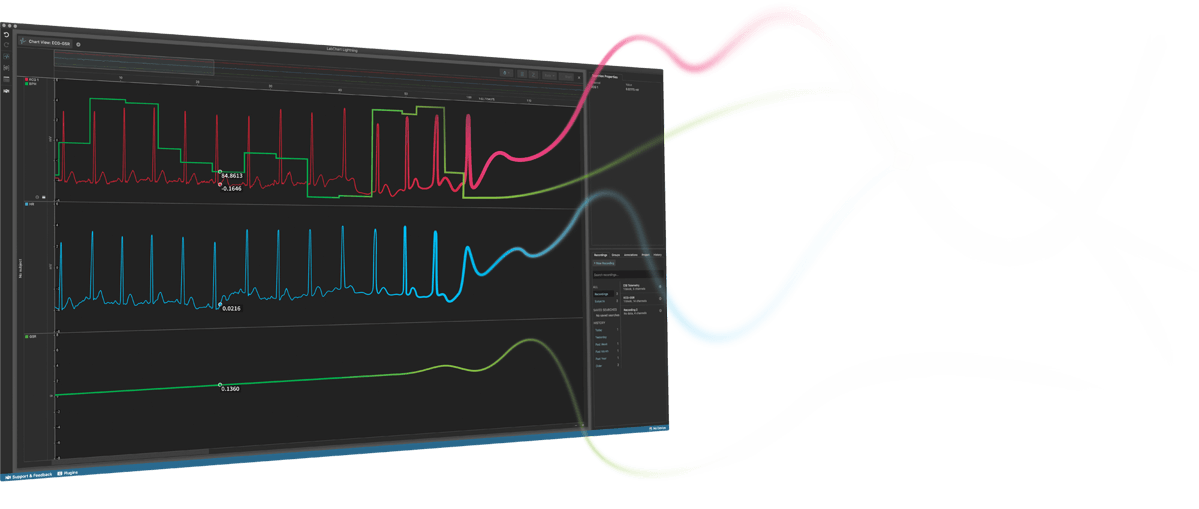There are a number of ways that electronic sensors can detect the temperature of a sample. The two most common methods use resistive transducers (thermistor) or a thermocouple. Changes in the heat contained in a substance will affect the kinetic energy of the molecules in a sample, changing the electrical properties of the electronic thermometer.
In life science applications, temperature can be a useful tool in determining subject health, a calculation factor for comparing two measurements taken in different states, or the stability of an experimental preparation. In addition, it can often be a critical measure of the study itself, such as in heat-stress applications in exercise or exertion studies.





